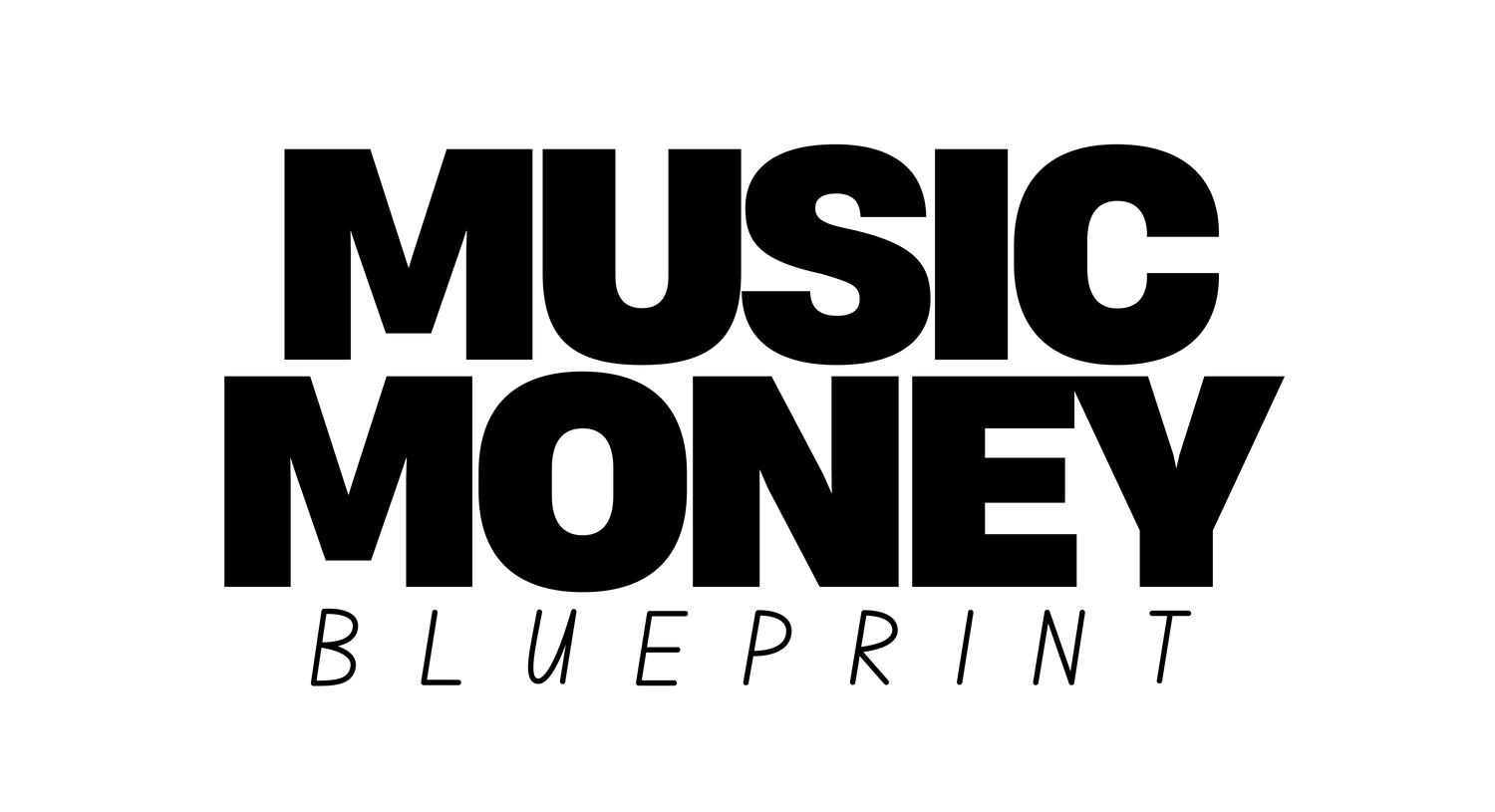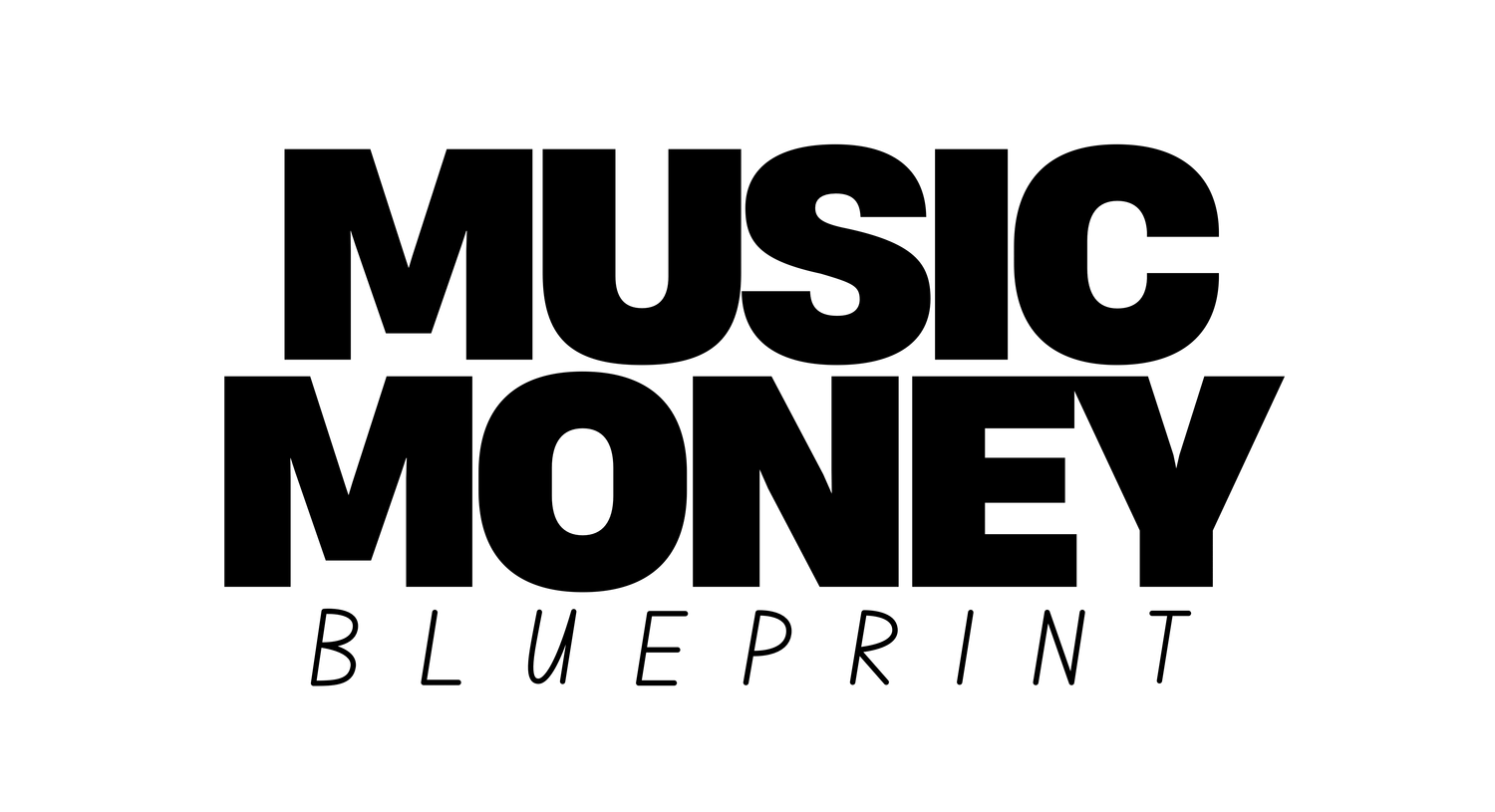
A traditional record label will offer an advance, industry connections, distribution, and marketing services in exchange for complete control of your master recording rights, and a majority share of all profits (typically 85%+). As an artist, you have to pay back the advance plus any costs the label adds on (and they will) for production, distribution, and marketing services. The money to pay this amount back comes from your 15% profit share, and you won't receive any payment until this is complete. For example, if you receive a $200k advance, and the label adds another $50k for services, you as an artist owe $250k to the label. This means that of the first $1.67m generated, you will receive $0. Only after this hurdle will you begin earning 15% of profit generated. If it fails to generate $1.67m, you will either be dropped from the label, or contracted for another project, which will need to pay back the rest of the money owed from the first project and the entire advance + cost of the second project before you receive any share of profits.
When you work with a private investor, you can position yourself to retain all or a majority of ownership of your master recording rights AND retain the majority of profit generated. Let us show you how.
Yes, this course begins by developing a foundational understanding of the alternative investment space before diving deeper into the details and outlining the steps to be taken as a music creator seeking capital. Useful terms are defined along the way. Music Money Blueprint is designed to bring you from no investment knowledge to an advanced understanding.
The course includes of 10 sections comprised of 29 lessons. Each lesson contains a video between 4-5 minutes long, which is over 2 hours of course material. We recommend watching the entire course, before rewatching, while pausing to take notes and dive deeper on the topics and concepts that are the most difficult to grasp. Once you purchase the course, you will have unlimited access, forever.
To make sure you comply with SEC rules when raising capital for a music album, you need to structure your offering carefully and treat it as a securities transaction if you’re taking investor money with the expectation of profit. That means working with a qualified securities attorney to determine whether your raise should fall under exemptions like Regulation D (private placements to accredited investors), Regulation CF (crowdfunding), or Regulation A (mini public offerings). You’ll need proper legal documents—such as a Private Placement Memorandum (PPM)—and must avoid publicly “soliciting” investors unless you qualify under specific exemptions. In short, don’t promise returns casually, don’t take unstructured “investments” from friends or fans, and always paper the deal with formal agreements prepared by counsel.
Yes, this template includes a detailed Instructions tab, as well as color-coded input cells. If you get stuck, just hover over the blue input cells and a text box will appear with further clarification. The rest of the workbook is designed to calculate all non-input cells automatically. You can also contact reid@mmblueprint.com with any questions.
Yes, a pro forma will be required by any serious investor or lender before they are willing to hand over a large sum of capital. Investors want to see the revenue potential of the investment, and what it will cost to generate that revenue. From there they will need to understand how and when they get paid back, as well as how and when they get their profit, or their return on investment (ROI). Being prepared with a pro forma builds confidence from investors and shows your credibility as a business-savvy entrepreneur.
This takes a bit of research and utilization of tools. While accuracy is important, what's more important is having the data to support your assumptions. Use your historically streaming payouts, ticket sales, merchandise sales, etc. and determine how much this could increase with an influx of investment capital used for marketing and improving product quality. If you have no historical record, this gets more complicated, but it can still be done. For expenses, do researching into what companies charge for marketing services, what production might cost, and profit margin of merchandise. Music Money Blueprint's course will walk you step-by-step through this process and share the most reliable tools available for preparing support data.
Music Money Blueprint offers a 14-day money back guarantee for any student who is unsatisfied with our course. Physical products are eligible for a full refund when returned within 30 days of purchase.
FAQs

All Rights Reserved Music Money Blueprint. 2025.